Costa Rica
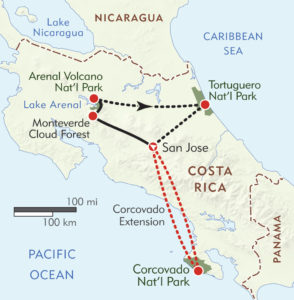
Fly in to San Jose or …
Tortugero has Leatherback turtles from May to September. There is a Sloth sanctuary at
Corcovado for Jaguars (rarely seen), Pumas, Whales ,
Monteverde and Arneal for sloths, Humming birds, Quetzacotl,
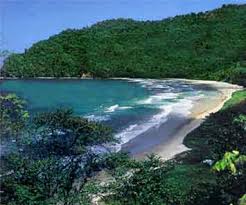

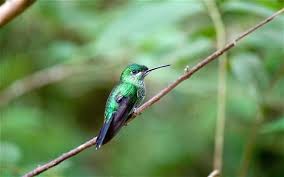
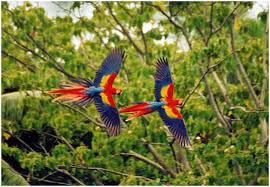
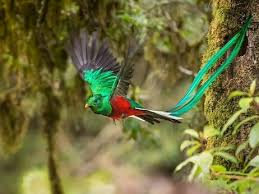
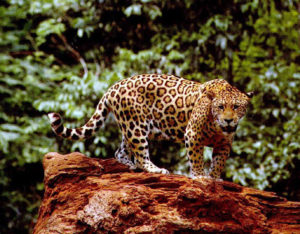
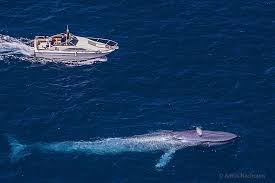
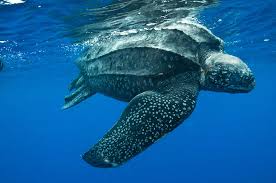
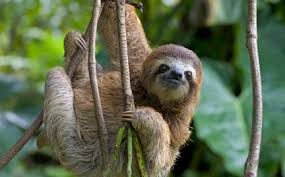
Panama.
The Amistad Friendship International Park is split between Panama and Costa Rica and covers 207,000 hectares It stretches over the mountains of the Cordillera Central, between the provinces of Chiriquí and Bocas del Toro. Seven of the twelve life zones are located in it.
The Amistad Friendship International Park is 500 kilometers from Panama City.You get there by car from the towns of Cerro Punta, Piedra Candela, Rio Sereno and Boquete. There is an administrative office with a visitor’s center, a camping area and a guiding trail at Las Nubes (Chiriqui). Several natural trails lead into the inner areas of the park; of note are the La Cascada and Retoño Trails. There are shelters in Culebra and Cotito. There is another administrative office in Teribe (Bocas del Toro). There are hotels at Cerro Punta.
The park has a number of volcanic rock outcrops, steep valleys, and the highest mountains in Panama, including Cerro Fábrega (3,325 m), Cerro Itamul (3,279m) and Cerro Echandi (3,162 m). The average annual temperatures fluctuate between 15º C on its high peaks, to 24º C on the sedimentary plains of the Caribbean-facing slops. The average annual rainfall ranges between 2,500mm and 5.500mm making it extremely humid.
howler monkey, black-handed spider monkey, white-throated capuchin monkey, and the night monkey or jujaná (Aotus lemurinus). Baird´s tapir, groove-toothed squirrel, olingo (Bassaricyon gabbil) and the shrew. The five species of cats found on the Isthmus are also present in this area.
mountain salamander, the letmal coral snake and the oropel snake.
Out of the more than 400 bird species recorded in the protected area are the harpy eagle, the endemic glow-throated hummingbird, the magnificent quetzal (Pharomachrus mocinno), the umbrella bird, the three-wattled bellbird and the crested eagle one of the biggest and most endangered birds of prey in the region.
WHALES.
Humpback whales from the Southern Hemisphere from June to October and from the Northern Hemisphere between December and February. come their feeding grounds as far north as Alaska and south from Antarctica. The Perlas Islands, where local fishermen will take you out to see them, a boat from Panama City and cruising around Taboga Island at the mouth of the Canal ,The Azuero Peninsula off Pedasí or around the Isla Iguana Wildlife Refuge where Orcas may be seen in February and March. Further west is the Coiba National Park and the Gulf of Chiriquí National Marine Park. September and October are reckoned to be good months in these waters for Humpbacks and also Sperm Whales. Other toothed whales may be seen including Beaked Whales and the Short-finned Pilot Whale.
Hammerhead Sharks gather in large numbers on the pacific coast Jan to April.
In the Pacific ocean, the UNESCO World Heritage islands of Cocos Island (Costa Rica), Coiba Island (Panama), Malpelo (Colombia) and Galapagos (Equator) are part of the Biological Marine Corridor of the Tropical Eastern Pacific, attracting an overwhelming marine biodiversity typically known as Top World destinations for sharks, Giant Mantas, whales and occasionally Whale Shark encounters from May till August, in a healthy coral environment.
On the Caribbean side, Bocas del Toro is the place for Dolphins. Dolphin Bay (Laguna Boccatorito) is named for an abundance of Bottlenose dolphins. June and July are the best month for this species here and also in nearby Bastimentos National Marine Park. Atlantic Spotted Dolphins and Tucuxi Dolphins also stop awhile in their travels around the coast.
